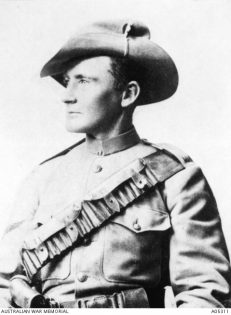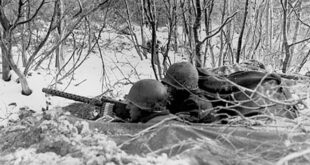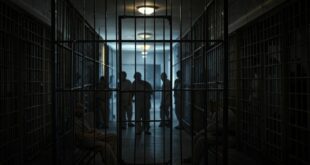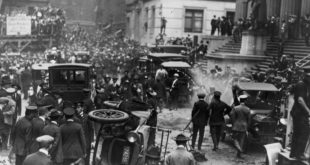
Lieutenant Henry Harboard (Harry) ‘The Breaker’ Morant
Australian War Memorial’s Side of the Story:
Better known for the manner of his death before a firing squad than what he did in life, Harry Morant is believed to have been born on 9 December 1864 at Somerset in England. Much of his early life is clouded in mystery but he arrived at Townsville, Queensland, in early April 1883. Using the name Edwin Henry Murrant, he married Daisy O’Dwyer, in reality the anthropologist Daisy Bates, less than a year later. At the time, Morant was working as a groom on a grazing property.
The two separated and Morant moved to Winton, Queensland before finding work droving cattle. His reputation as a horseman, drinker and womaniser grew, particularly after he began contributing poetry to the Bulletin under the name ‘the Breaker’. In 1899 when the Boer War began, Morant was in Adelaide and he joined the 2nd Contingent, South Australian Mounted Rifles.
Having first served as a dispatch rider, Morant also worked with the well-known British war correspondent, Bennett Burleigh. His enlistment ended after 12 months, for which he received good reports and the offer of a commission. Instead, however, he went to England where he became engaged and befriended a fellow veteran of the war in South Africa, Captain Percy Hunt. The two men returned to South Africa in March 1901 and were commissioned into a British irregular unit, the Bushveldt Carbineers.
Morant served with distinction on his first posting in the area south-east of Pietersburg. The Carbineers, based at Fort Edward in the Spelonken district, however, had already acquired a reputation for shooting prisoners, looting and insubordination. When their commander was recalled, Percy Hunt was posted to Fort Edward, joined later by Morant.
In August 1901 Hunt was wounded on patrol and his body was later found stripped and mutilated. Morant, now in command, led a revenge patrol that resulted in his ordering a prisoner to be shot. He later ordered a separate group of prisoners be executed. These killings were followed by the shooting of a German missionary who had spoken to the doomed prisoners. Shortly after that, Morant, Lieutenant Peter Handcock and others shot another group of Boer prisoners.
Morant, Handcock and other officers were arrested on 22 October and, in January, were court martialed for the killings. On one occasion, while the trial was taking place, the accused helped fend off a Boer attack on Pietersburg. Acquitted for murdering the German missionary (it later emerged that Handcock did kill him at Morant’s instigation), Morant was convicted on all other charges and sentenced to be shot along with Handcock. The sentence was carried out on 27 February 1902. Morant became something of a folk hero and his memory was revived with the film Breaker Morant in 1980. The evidence, however, suggests that he was guilty of the crimes for which he was tried even if his execution resulted from political pressure after the death of the German missionary.
27 February 1902 Executed by a military firing squad. All three men were found guilty and sentenced to death by firing squad. Kitchener confirmed the death penalty for Morant and Handcock but commuted Witton’s penalty to life imprisonment. At the execution, Morant refused the offer of a blindfold when he and Handcock went before a firing squad of the Cameron Highlanders. Calling to the Highlanders to “Shoot straight. Don’t make a mess of it”.
Below: Closing Arguments followed by 60 Minutes Australia reviews the Breaker Morant story and the efforts to gain a pardon from the British Government
 Soldier of Fortune Magazine The Journal of Professional Adventurers
Soldier of Fortune Magazine The Journal of Professional Adventurers





